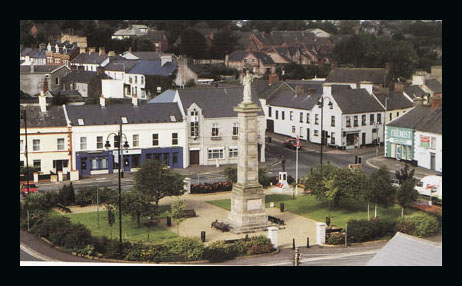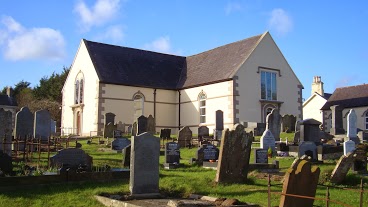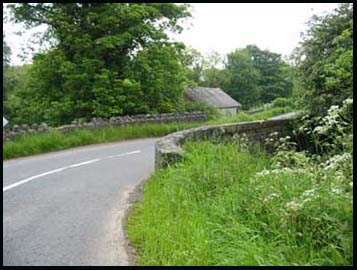|
Ros
Davies' Co.
Down, Northern Ireland Family History Research Site
© Rosalind Davies 2001 Permission granted to reprint research for non-profit use only |
Comber Parish
In 1836 the proprietor of the town
was the Marquis of Londonderry and it was described as consisting of
2 irregular streets, each 2 km long, which intersected one another,
forming a cross and leaving an open space in the square in the centre.
There were 355 houses which were mainly slated roofed but 35 were thatched.
Many of the houses were plastered and whitewashed but mostly they were
bare stone. From a distance the town looked rural except for some tall
distilleries' chimneys which rise amongst the trees belonging to Mr.
Miller & Mr. McCance. No markets were held in the town but a fair
was held four times a year. There were four churches, Church of Ireland,
Presbyterian, Methodist and Unitarian and three schools. There was a
mendicity institution for the poor, 2 policemen and a manor court held
once a month in Barry's inn. The people were described as being sober
and industrious and in summer they congregated in the streets for some
time chatting. On Saturday night there was some drunkenness and disturbance
because the men had received their weekly wages. There was a quarry
near the town but spinning was the main occupation of the inhabitants
with 250 weavers, as a good deal of flax was grown in the parish.The
work was sent to Belfast manufacturers. There were two corn mills, one
flax mill, one wash mill,one bleach mill, one saw and wash mill, but
only enough water to run then for nine months of the year. There wasn't
a public dispensary but there were five doctors in town to dispense
medicine. The Post Office Directory of 1886
says that there was a mineral water factory; 2 distilleries under one
management & a weaving factory. In 1891 the population of the town
was 2146 and in 1899 it was 2357.(POD) Newspaper articles from Northern
Star; Newspaper articles from Down
Recorder; Newspaper article from Newtownards
Independent; Newspaper articles from Newtownards
Chronicle; A painting of the town 19th century available ACOC p-1 & old map c. 1900 p4, photo of The Square c. 1900 p7 |
||
| References;V17 p 120 & V 7 p 28-44 OSM; DR; NS;OSM map 1901; POD ; TOOC p33, 51 (old maps),50, 54, 58, 70, 78, 83, 93, 108; DR 22/8/2012 (old photos) |
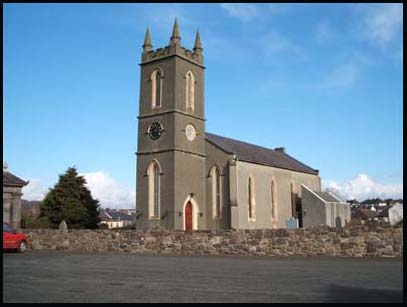 |
|
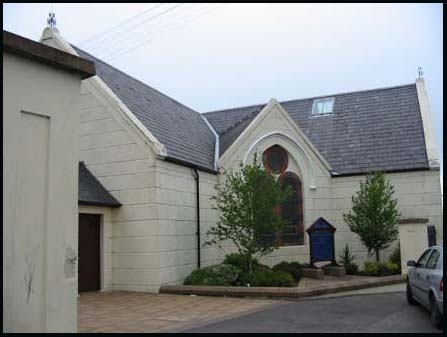 |
|
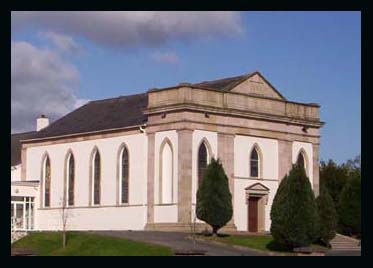 |
|
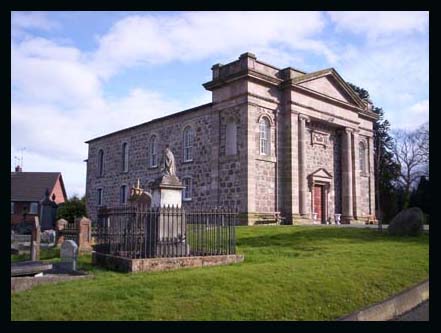 |
|
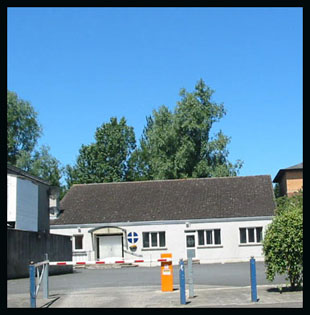 |
|
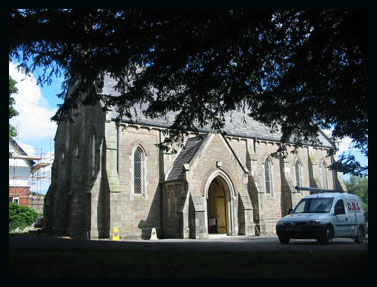 |
|
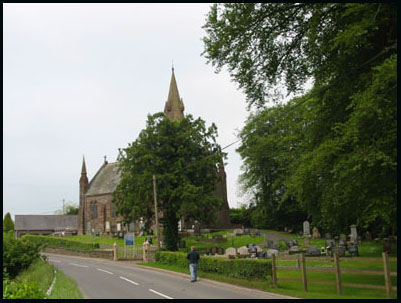 |
|
|
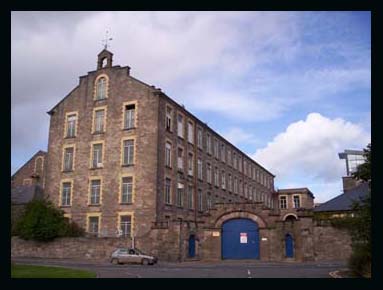 |
|
Joseph's Bridge in Ballystockart townland
by Ros Davies
